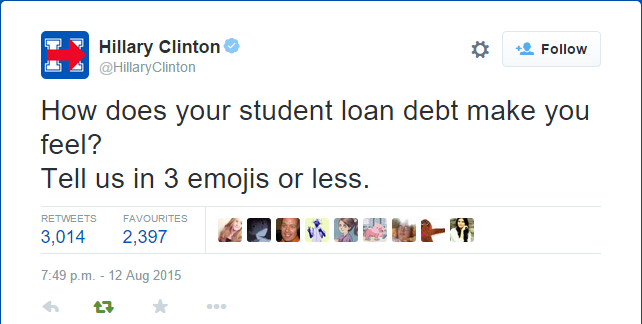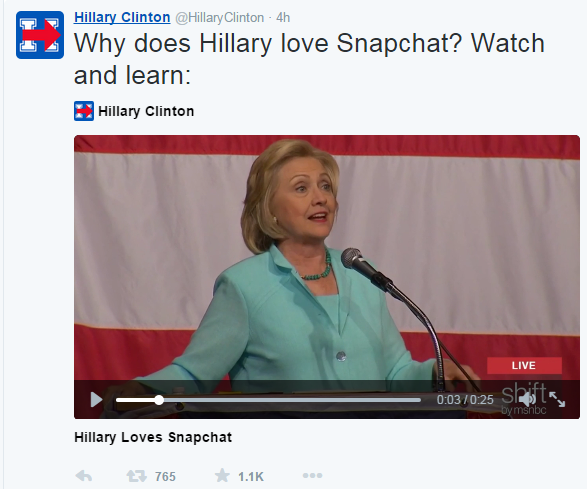Its going under a few assumptions:
1. That the voter demographic for 2008 and 2012 isn't radically different. 51-52% are voting democratic, 47% or so are voting republican. Out of these probably 45% on each side are "locked" into their side, they will vote for that party pretty much for every office no matter who the candidate is. I am making up these numbers just based on recollection of past data, but its fairly close. There is definitely at least 70% of the country is locked into one side and will always vote for "their side" no matter what.
2. As the first female presidential candidate, there will be a strong support base among women similar to how blacks supported obama. Black people make up 13% of the US population, whereas women are 50%. The numbers probably skew even better for women when you factor in only people who vote.
3. That the republican candidate may end up being alienating towards a large group, whether its hispanics, blacks, poor, secular, etc. Basically the republican base of white, christian conservatives is shrinking every year not growing.
4. The economy is doing pretty good, people will vote for "less change" than "more change" if things seem pretty decent. Throw in oil prices, etc here.
The cons would be:
1. A lot of people are not happy with Hillary Clinton as a choice, and just stay home instead of going out to vote. In this case the people who really don't like Hillary go out to vote (against her) and whoever the opposing candidate is, wins.
2. The economy tanks between now and Nov 2016 and voters decide to vote in someone who is more aligned with business than government.
3. A lot of the people who voted in 2008 and 2012 are disillusioned with Obama's presidency and stay home. The young, hispanics, etc.
4. crazy conspiracy theories about how corporations, billionaires, etc rig the elections against a democrat



